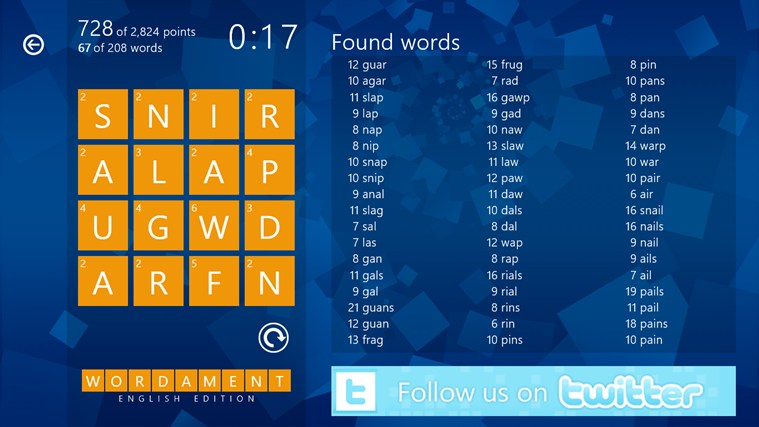


Intermediate skills may include the use of scheduling and outlook calendars to share with others on your team. Most people don’t realize there are further functions in outlook than just reading and responding to emails. You can also integrate PowerPoint with other MS Office tools, such as word, to import presentations. Specifically, the use of sound and animation that can take your presentation from good to great. There isn’t much to know beyond the basics as a visual tool, but there are some intermediate and advanced functions that can take your skills to the next level. You know how to add graphic elements, use the mathematic elements, group and ungroup data, and create or modify some macros. You can create, modify, and format charts. Intermediate Excel means you understand how to work with multiple worksheets, filter data, and manipulate databases. You can also customize the toolbars and import media by adding graphs or images. You will understand how to use templates, merge files, manage data on tables, and understand some basic macros. Intermediate Wordīeyond basic MS Word, to be considered intermediate in your skill level, you need to know a few more complex functions. Here’s what you need to know if you want to classify yourself as someone with intermediate skills in MS Word, Excel, PowerPoint, or Outlook. But now, we want to shed some light on what intermediate means in the workplace. Last year, we reviewed the idea behind basic proficiency. For example, if they say they want someone with “intermediate” skills in Microsoft Office programs, what exactly do they mean. Job descriptions often use terms that mean a lot to the company but might not translate well anywhere else.


 0 kommentar(er)
0 kommentar(er)
